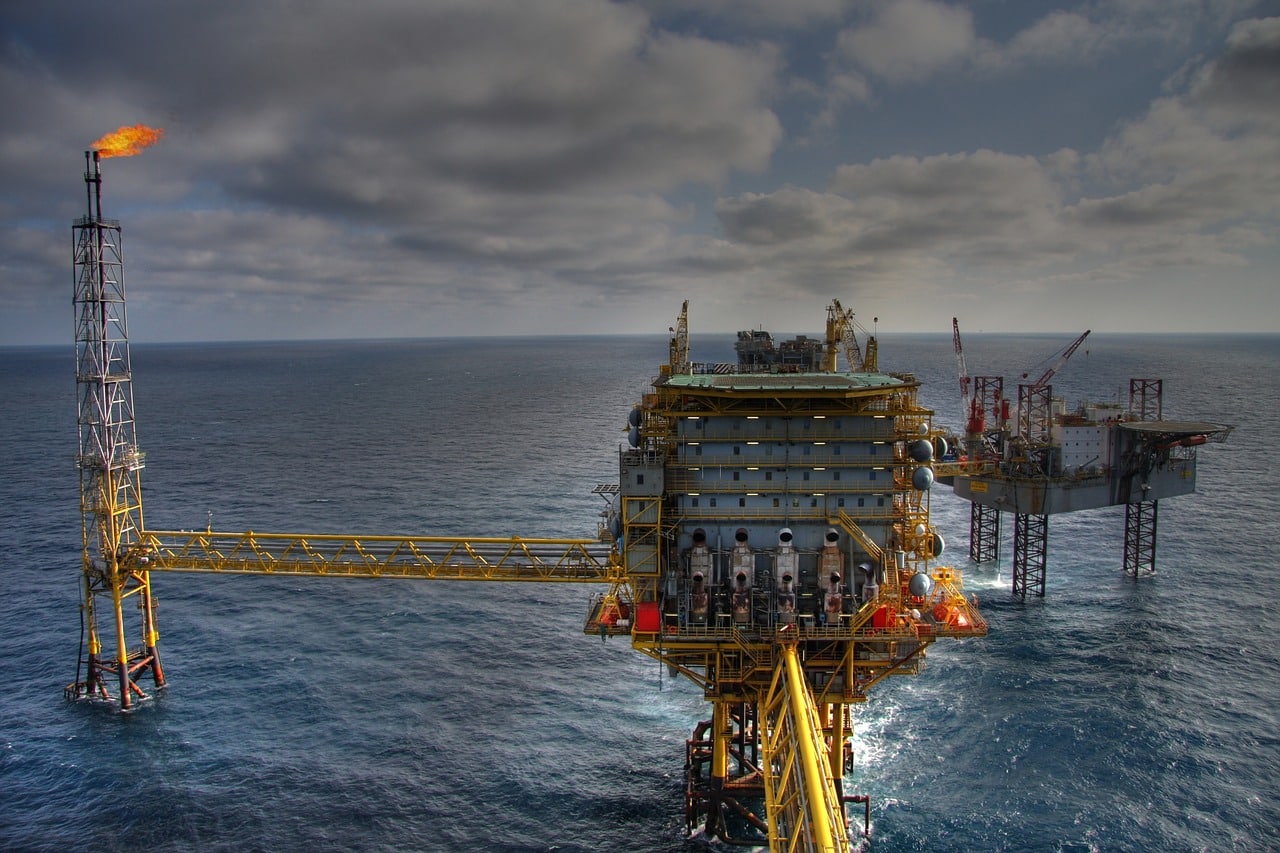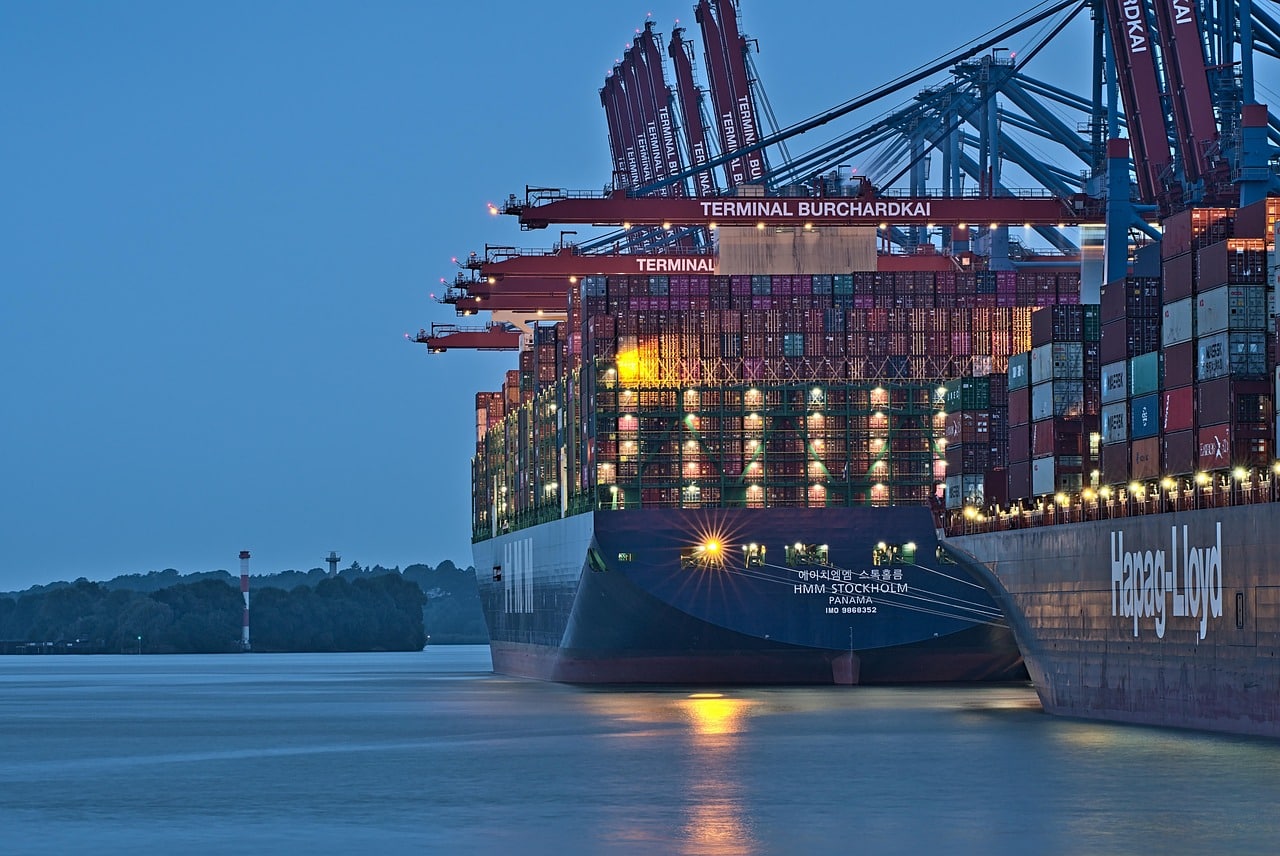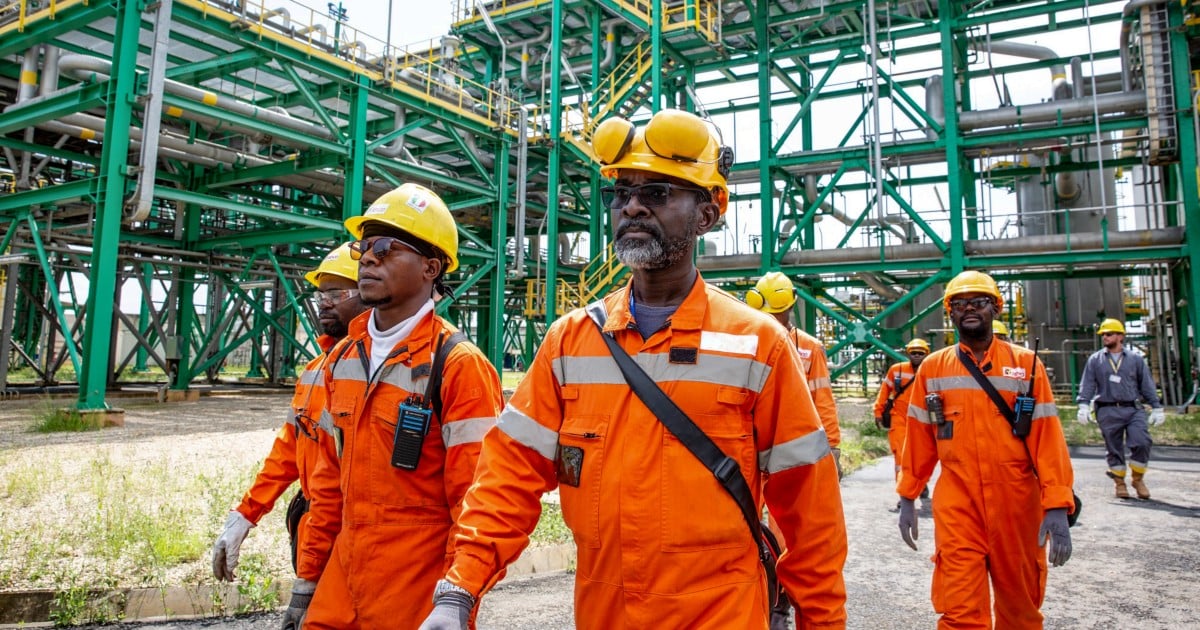The absence of commercial oil production and a small domestic market made Namibia a low priority for global energy capital. But in less than three years, that narrative has changed dramatically.
Namibia is now at the centre of a reawakening of continental energy.
The turning point came in 2022, when two significant offshore oil discoveries by Shell and TotalEnergies in the Orange Basin revealed multi-billion-barrel reserves, sparking global interest.
The scale and significance of these finds cannot be overstated—they have positioned Namibia as one of the most promising new petroleum frontiers not just in Africa, but globally.
Alongside this, the country is advancing one of the world’s most ambitious green hydrogen strategies, leveraging its world-class solar and wind resources to supply clean energy for domestic use and export.
As oil majors probe the Atlantic deepwater and European partners sign hydrogen memoranda, a new layer of confidence has emerged—one rooted in geological luck and a deliberate policy pivot.
The latest signal came from the continent itself.
In June 2025, Aliko Dangote, Africa’s richest man and industrial magnate, met with President Nangolo Mbumba to express his interest in investing in Namibia’s oil, gas, and phosphate industries.
Dangote’s visit wasn’t just a ceremonial nod—it was a calculated endorsement. It reflected growing belief among African investors that Namibia’s energy future is not speculative fiction, but investable fact.
Offshore Oil and Gas: From geological jackpot to commercial challenge
The real momentum behind Namibia’s energy transformation began in early 2022, when Shell confirmed a significant light oil discovery at its Graff-1 well in the Orange Basin.
Not long after, TotalEnergies announced the Venus-1X find in nearby Block 2913B, which proved even larger and more commercially attractive.
These finds generated global headlines and opened a new chapter for Namibia, previously seen as a frontier market with unproven petroleum geology.
But early celebrations gave way to complex realities. Despite initial excitement, Shell eventually declared its Orange Basin discoveries non-commercial due to poor reservoir quality and high costs.
The company took a US$400 million write-down in early 2024, sending a sobering message to investors.
In contrast, TotalEnergies has pushed ahead with Venus, conducting successful flow tests and targeting a final investment decision (FID) in 2026. The field could eventually produce over 150,000 barrels daily, but its viability is still tied to cost controls, gas infrastructure, and a tight project execution timeline.
Crucially, Namibia’s offshore oil is not light and easy.
The fields are located in ultra-deepwater—over 3,000 meters in some areas—and the geology is complex, with high gas content and uncertain permeability.
While the resource base is large, the cost of extraction is equally high.
This has pushed stakeholders to look beyond short-term gains and embrace a longer-term view of value creation, incorporating infrastructure development, downstream integration, and domestic capacity-building.
The Orange Basin’s promise remains immense. Companies like Galp Energia, Chevron, and QatarEnergy plan several new exploration wells.
However, progress is slowing as energy firms assess commerciality more cautiously in an era of capital discipline and growing decarbonisation pressure.
For Namibia, the oil and gas sector represents both an opportunity and a cautionary tale.
Avoiding the missteps of other African producers will require transparency, realistic fiscal terms, and a strong regulatory framework to ensure that oil wealth benefits the broader economy.
The Gas Dilemma: Burden or bridge to energy security?
If oil has brought Namibia attention, gas may determine the country’s long-term energy trajectory.
The high associated gas content in offshore discoveries and strict anti-flaring regulations have compelled companies to rethink monetisation strategies, adding complexity and creating new possibilities.
The most notable example is the Kudu gas field.
Discovered in 1974, Kudu has long been seen as a stranded asset. However, recent interest from BW Energy and Namcor has revived the project.
With an estimated 1.3 to 3 trillion cubic feet (tcf) of reserves, Kudu could power an 800 MW gas-to-power plant, supplying Namibia and neighbouring countries through the Southern African Power Pool.
A final investment decision is expected in 2025, contingent on financing and power offtake agreements.
Unlike oil, which is primarily destined for export, gas offers more immediate domestic benefits.
Namibia imports around 60 per cent of its electricity, mainly from South Africa.
Harnessing domestic gas could reduce dependence, lower energy costs, and provide a reliable base-load complement to intermittent renewables. If the right infrastructure and policies are in place, it also opens pathways for industrialisation—ammonia, methanol, and urea production.
The Namibian government has strongly supported gas development for power generation and as a transitional fuel.
Petroleum Commissioner Maggy Shino has emphasised that natural gas should catalyse energy security and economic diversification.
However, turning this vision into reality will require new midstream infrastructure—pipelines, processing facilities, and potentially LNG terminals—as well as environmental safeguards and community buy-in.
In many ways, gas is Namibia’s bridge technology: lower-carbon than coal, exportable, and adaptable to domestic needs. But the window of opportunity is closing fast.
As global capital shifts away from hydrocarbons, Namibia must move quickly or risk leaving its gas assets stranded once again.
Looking Forward
Namibia’s energy emergence is neither a flash in the pan nor a guaranteed triumph. It is the outcome of deliberate choices—to open up new frontiers, embrace renewables, and attract investment with clear rules and strategic clarity.
The discoveries in the Orange Basin, the revival of Kudu, and the Hyphen hydrogen project each offer distinct possibilities. Together, they signal a turning point.
But turning resources into results is never automatic. Namibia must manage investor expectations, build institutional capacity, and balance environmental protection with economic ambition.
It must avoid the pitfalls that have plagued other African producers—corruption, inequality, and dependence on external actors.
The presence of African champions like Dangote helps, but inclusive development requires a whole-of-society effort.
The world is watching Namibia with fresh eyes. What it does next will shape its future and redefine how Africa thinks about energy, growth, and sovereignty.
The desert is no longer silent. It is surging and may yet light the way for a continent in transition.









